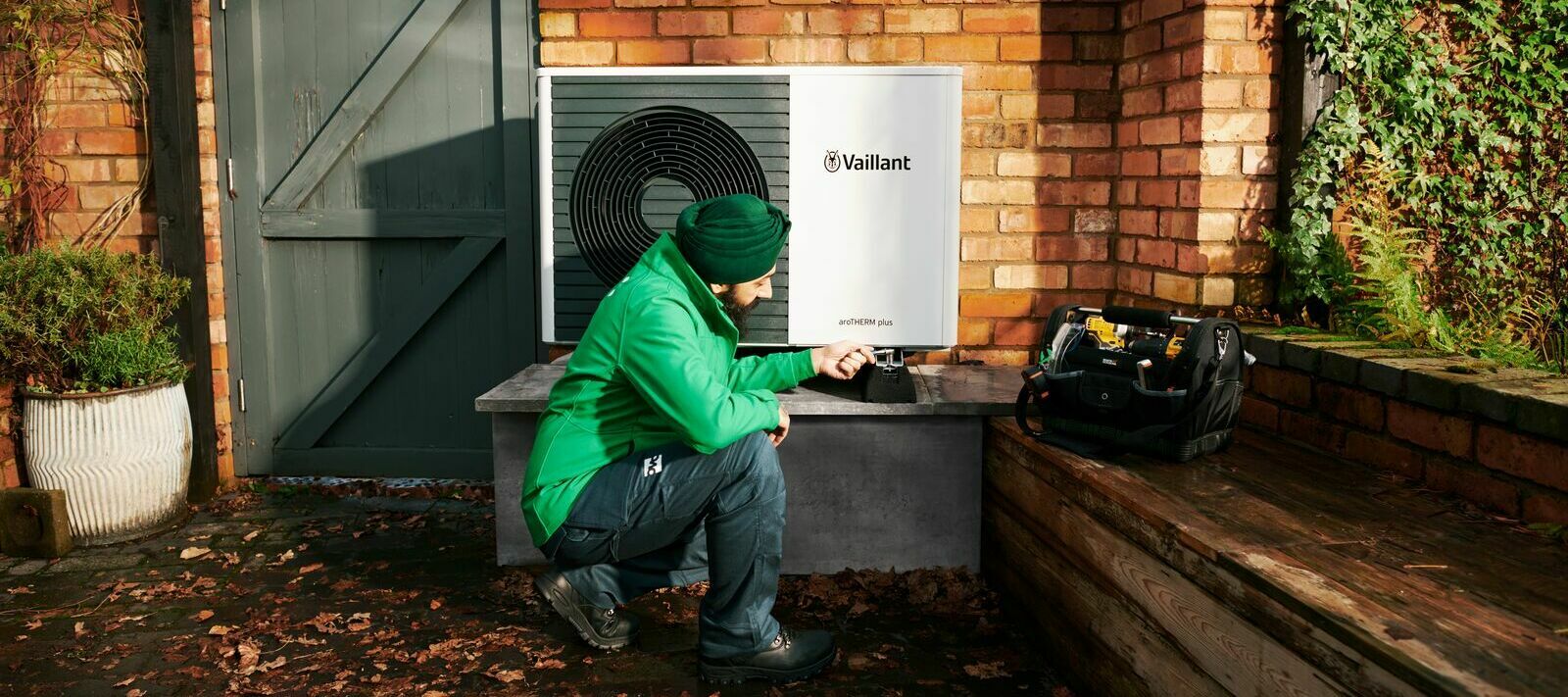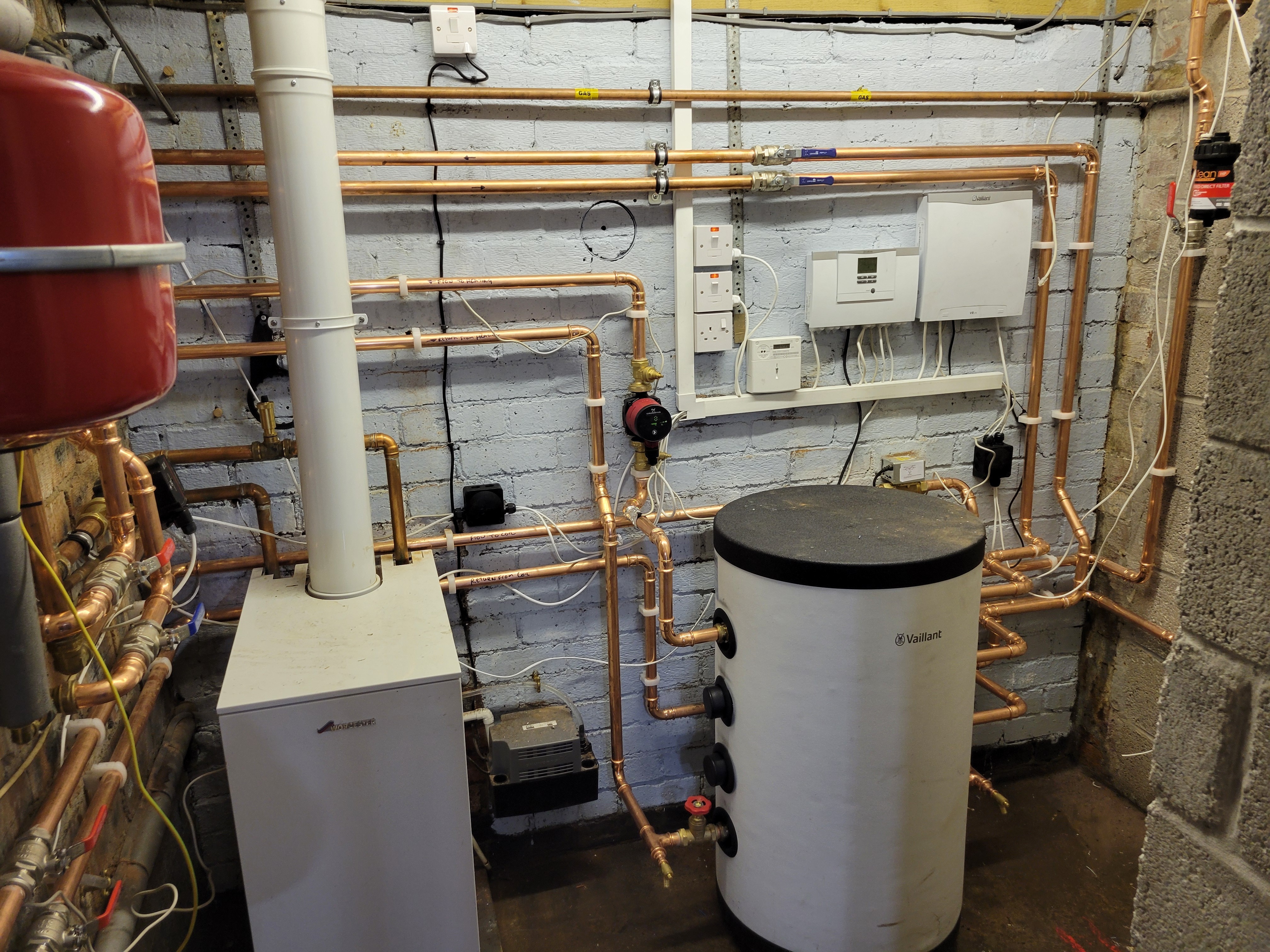Updated on 20/01/25 by Abby_OVO
Heat Pump Plus add on now available for Vaillant heat pump owners
Our Heat Pump Plus add on is now available for customers with a Vaillant heat pump. It can save you up to £495* a year on your heating bill.
What is Heat Pump Plus?
It’s our heat pump add-on that lets you power your heat pump for less, at 15p per kWh. You’ll pay one rate for the electricity your home uses and a lower rate for the electricity the heat pump uses – saving up to £495 a year on your heating bills. See more information on our Heat Pump Plus page here.
What about the partnership with Vaillant?
Heat Pump Plus will now be available for customers with a connected Vaillant aroTHERM heat pump. To be eligible you must be an OVO customer with a working electricity smart meter and a myVAILLANT connect internet gateway. Full eligibility criteria listed here.
What happens if I don’t have MyVAILLANT connect?
Customers with a Vaillant heat pump will need to make sure it’s connected with myVAILLANT connect to access the add-on. This gives us access to the heat pump usage data, and we use that data to work out how much electricity was used by the heat pump.
If you don’t have myVAILLANT connect, you might need to get an extra piece of hardware installed to be eligible for Heat Pump Plus. See our FAQ page for all the details.
*Actual sum is £495.94. When you add Heat Pump Plus to your plan, your home energy rate will stay the same, but the energy consumed by your heat pump will be charged at an effective rate of 15p per kWh (thanks to payment of your Heat Pump Plus credit).The £495.94 saving is based on an air source heat pump with a UK average Seasonal Coefficient of Performance (or efficiency rating) of 2.8 and an annual consumption of 3,644 kWh with the Heat Pump Plus add-on compared to OVO's average SVT rate of 28.61p per kWh. Actual savings will vary depending on your heat pump usage, efficiency rating and the cost per kWh of your standard home energy tariff.















